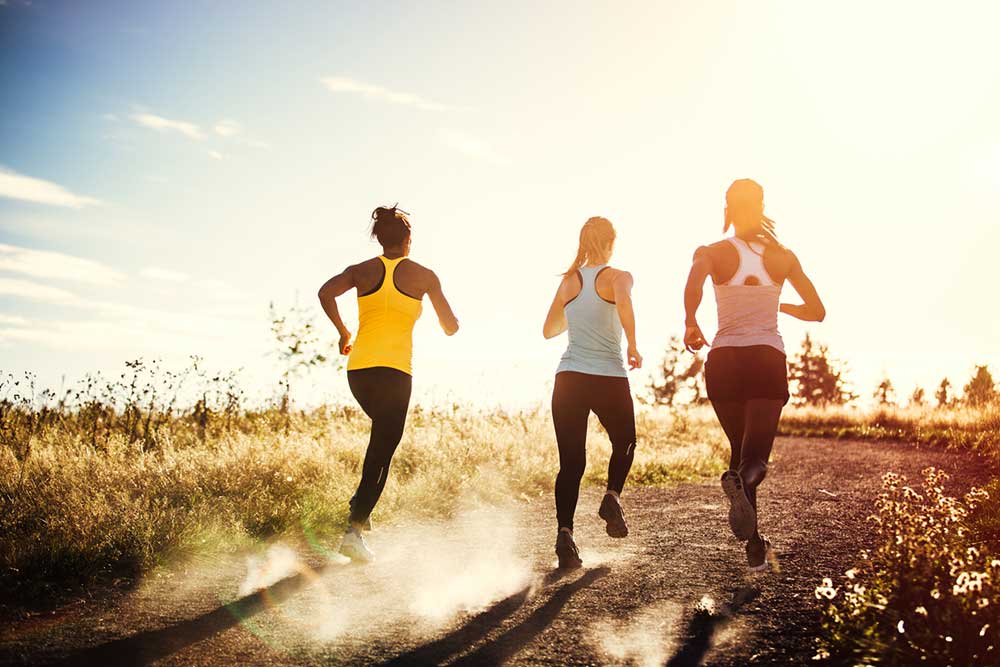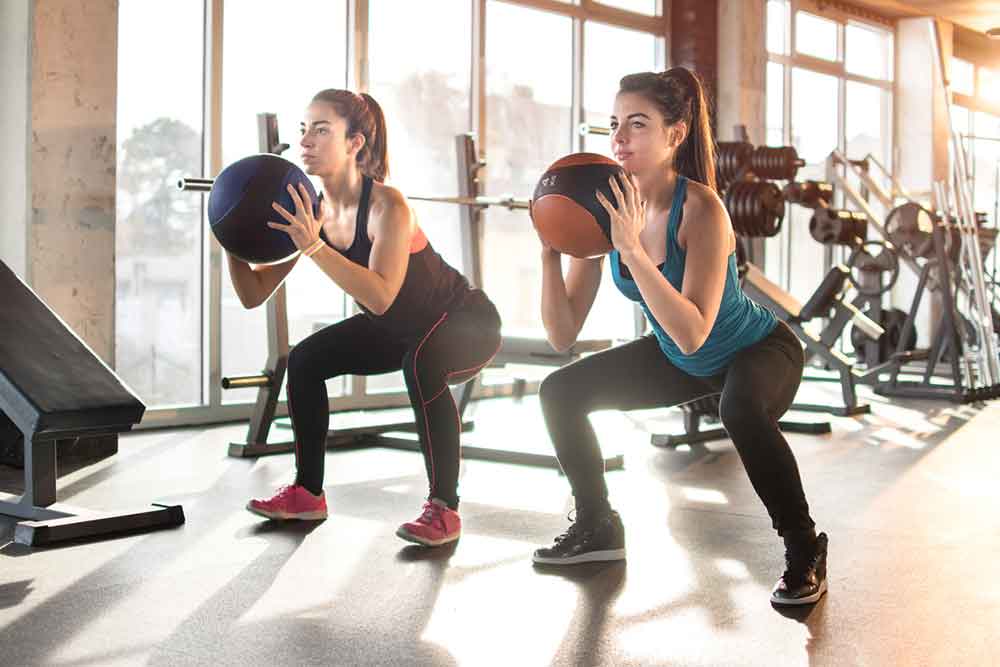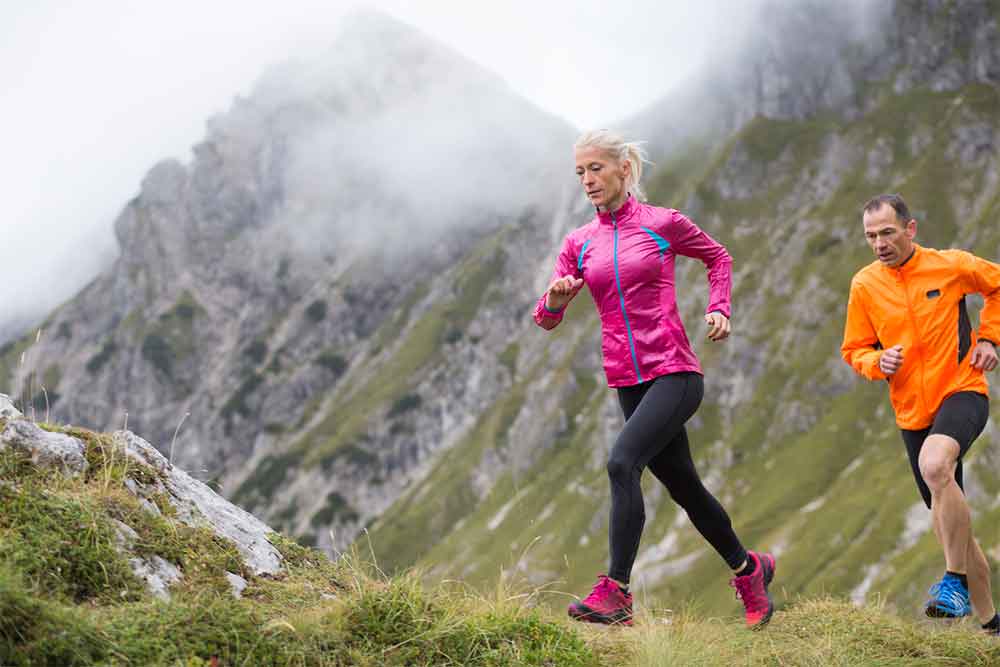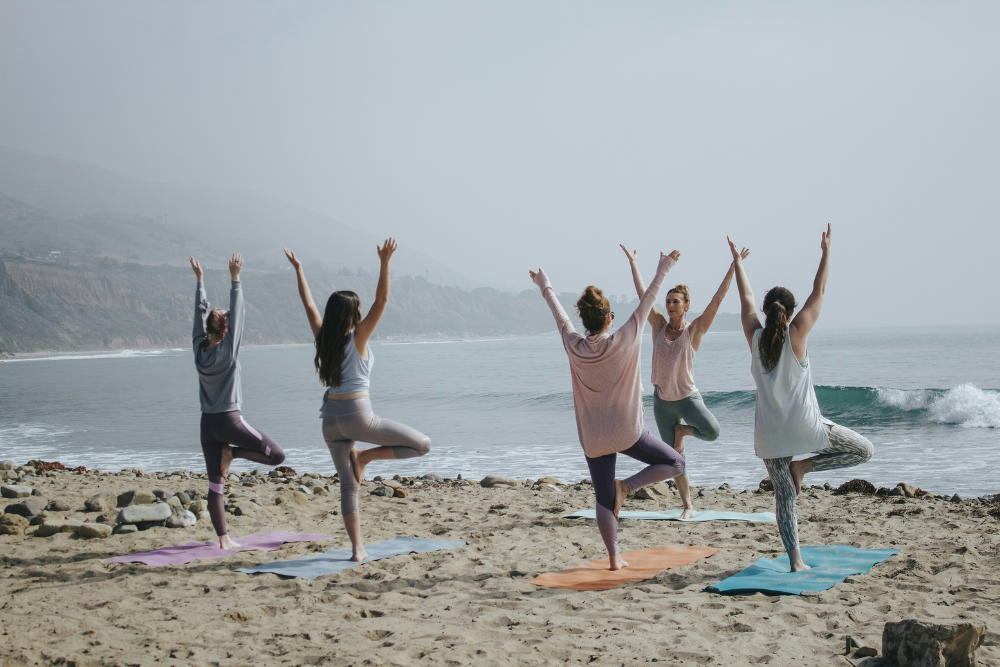Exercise Motivation to Prevent Age-Related Body Changes

Julia Basso – PhD
As we age, the body goes through many changes. These include widespread changes in body composition including loss of muscle mass and bone mass. With this loss, there is marked a reduction in physical capacity or our ability to perform physical movements.
During our 20s, we are at the peak of our physical capacity. A little decline is seen during our 30s and 40s; however, at age 50, our physical capacity begins to significantly decline. After this point, we lose approximately 1-2% of our lean body mass (i.e., muscle mass) per year and between 1.5-5% of strength per year (Keller & Engelhardt, 2013).
One of the major reasons for this loss in muscle mass and strength is the loss of hormone production that occurs with aging. Around the 50th year of life, our bodies (both men and women) go through distinct hormonal changes that lead to overall lower levels of hormones in the body. Anabolic hormones such as testosterone and insulin-like growth factor-I (IGF-I) help our muscles and bones to grow. Therefore, a loss of these hormones leads to a decrease in the ability of our muscles and bones to increase in size.
Related Article: Those Who Run Together, Stay Together
Another main contributing factor is the decrease in physical activity levels that occur with aging. Physical inactivity and a sedentary lifestyle lead to a significant loss in both muscle and bone. Additionally, the loss of appetite that often accompanies aging tends to contribute to further muscle and strength loss.
Fortunately, by making sure that exercise is a regular part of our lives, we can attenuate these age-related changes. Through exercise, we can actually slow down the aging process, both as it relates to the physical body as well as to our mental state.
Of course, there is the problem of the motivation to exercise. Do we lose motivation as we age? Does exercise motivation decrease as we age?
In When I’m 64: Motivation and Behavioral Change, Carstensen and Hartlel note that, “Getting people to develop and maintain healthier patterns of living involves the issue of motivation: How do you get people to perform and maintain behaviors that are in their own best interests but that can be bothersome or difficult to do, such as eating properly, exercising, moderating bad habits, and following through on doctors’ directives?…Aging often entails the need to make changes and the types of changes older people must consider are particularly pressing.”
The motivation to do anything stems from a brain circuit known as the mesolimbic pathway that consists of dopamine cells projecting from the ventral tegmental area to the nucleus accumbens and up to the medial prefrontal cortex. Unfortunately, as we age, along with muscle loss, there is also loss of brain tissue including these dopamine cells, which often lead to the loss of motivation. In fact, loss of motivation is quite common in the elderly.
But, how can we keep up or enhance our motivation during the aging process? There must be a way!
The idea here is that we can take advantage of our brains and specifically our motivational circuitry to influence our exercise motivation behavior and thus our physical bodies. Carstensen and Hartel note that, “if older people are going to change their diets or exercise more, they first need to develop favorable attitudes toward these behaviors and toward making these changes.” Indeed, science has shown that individuals who have a more favorable attitude towards exercise or believe that exercising will be a pleasurable experience, tend to exercise more than those who do not share these beliefs.
One recent study examined the effect of different types of exercise on physical function, psychological health, quality of life and motivation in older (67-93 years of age), untrained adults (Pedersen et al., 2017). Participants were randomly assigned to participate in team sports, resistance training, or a sedentary experience for 12 weeks. While both exercise training regimens led to improved physical functioning, enhanced psychological well-being, and improved quality of life, the team sports group reported a higher level of enjoyment and intrinsic motivation to exercise. This was mainly due to the social interaction that occurred during the activity. Therefore, exercising with a group of people, whether it be in an exercise class or a team sport may be a key way to enhance your motivation to exercise.
Related Article: Think Positive Thoughts For A Better Workout
Exercise Motivation
Another recent study examined a group of individuals, between the ages of 49 to 65, who had a family history of Alzheimer’s disease. These individuals participated in an 8-month exercise program (Etnier et al., 2016). After they completed the program, they were asked open-ended questions as to what motivated them to continue exercising throughout the 8 months of the study. Adherence to exercise was linked to an interest in contributing to our understanding of Alzheimer’s disease (or science in general), the opportunity to participate in a formal exercise program, the perceived benefits of exercise, and the added social support that resulted from participation in the study.
In conclusion, we can defy the age-related decline in physical capacity by maintaining our exercise regimen as we age. To keep up the motivation exercise, try first developing a positive attitude about physical activity. Second, try exercising with a partner, friend, or even joining an exercise class or team sport. You may just find yourself more motivated to stay physically active!
Exercise is good for the soul. Lifelong exercise is associated with everything from reductions in frailty to the regulation of skeletal mass and function, to successful aging. As we age, our bodies change. Physically active people and elite athletes often age more successfully than others, with successful aging being defined as “the optimization of life expectancy while minimizing physical and mental deterioration and disability”. So keep moving!

References:
Carstensen, L. L., & Hartel, C. R. (2006). When I’m 64. Natl Academy Press.
Etnier, J. L., Karper, W. B., Park, S. Y., Shih, C. H., Piepmeier, A. T., & Wideman, L. (2016). Motivating Mature Adults to be Physically Active. Journal of aging and physical activity, 1.
Keller, K., & Engelhardt, M. (2013). Strength and muscle mass loss with aging process. Age and strength loss. Muscles, ligaments and tendons journal, 3(4), 346.
Pedersen, M. T., Vorup, J., Nistrup, A., Wikman, J. M., Alstrøm, J. M., Melcher, P. S., … & Bangsbo, J. (2017). Effect of team sports and resistance training on physical function, quality of life, and motivation in older adults. Scandinavian Journal of Medicine & Science in Sports.
(adsbygoogle = window.adsbygoogle || []).push({});
You Might Like:
Keep Moving – Aerobic Exercise Increases College GPAs
Julia C. Basso, PhD Reporting from the 2017 Annual Society for Neuroscience Meeting (Basso JC, Crosta C, Raskin M, Wang A, Kadakia D, Choi J, Milburn E, Trivedi R, Suzuki WA) Long-term aerobic exercise enhances mood...Exercise May Improve Brain Health In Adolescent Binge Drinking
Julia C. Basso, PhD Reporting from the 2017 Annual Society for Neuroscience Meeting Exercise highlight 5: Voluntary exercise restores adolescent binge ethanol-induced loss of basal forebrain cholinergic neurons in adulthood (RP Vetreno, FT Crews) The...Sense & Movement – A Surprisingly Unique Phenomenon
Julia C. Basso, PhD Reporting from the 2017 Annual Society for Neuroscience Meeting The ability to adapt your movement to signals or cues in the environment is known as sensorimotor adaptation, the focus of one...Learning, Memory, & Decision Making
Julia C. Basso, PhD Reporting from the 2017 Annual Society for Neuroscience Meeting Making good decisions requires memory. Take for example, the hangover (maybe that some of us are experiencing today after the reunion with...What Factors Determine Ultra-Marathon Success?
Julia C. Basso, PhD 100 miles is approximately the distance from the surface of the earth to the planet’s boundary, called suborbital space. This is also the distance run by ultra-marathon racers. To be considered...Exercise & Celiac Disease
Julia C. Basso, PhD Eating gluten free seems to be in fashion at the moment. You can find gluten free foods at almost every super market these days. However, for some gluten free is not...(adsbygoogle = window.adsbygoogle || []).push({});

















